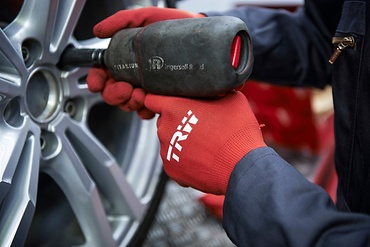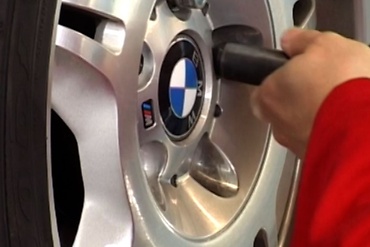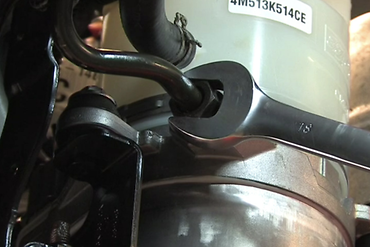Replacing the rear track control arm is essential to preserving the car’s steadiness and performance. This guide explains in a clear and concise manner the process of replacing the track control arm for workshops so that the performance of the vehicle is as enhanced as possible.

Rear track control arm is an important suspension unit of the vehicle that is used for controlling the movement pattern of the rear wheels. When the track control arm is worn, damaged or loose then it is recommended that it be replaced so that the car can regain the correct position it is supposed to have when handling. Go through this detailed stepwise approach to complete the process in the correct and understandable manner.
How-to-guide
- Visually inspect the rear track control arm.
- Check for any signs of wear and tear; for instance, if the bush is cracked or if the rubber voids appear worn out or damaged in any way.
- Use a suitable tool to simulate excessive movement of the track control arm. This will assist to ascertain if the control arm requires replacement.
- When the new track control arm is received, check any literature that may have been provided in the box for special fitting details.
- After that, use releasing agents to coat the fixing bolts of the old track control arm at both the ends.
- To dismantle the old track control arm, you will need to first unscrew the fixing bolts.
- Then, remove the old control arm from its connectors.
- Place the new rear track control arm and ensure that it fits and is properly aligned with the mounting points.
- Screw it into this position. Bolts should not be tightened at this process, although they should be properly aligned.
- Lower the car until the suspension is on the floor and holding the weight of the car.
- Tighten the fixing bolts in the way recommended by the manufacturer. Make sure the bolts are torqued properly.
- Check the wheel alignment after replacing the suspension component. This is important to avoid any mishandling, and consequent wear of the tires.
- Make sure that the tires are in good condition by checking the pressure and make sure that the alignment is correct.
- The proper tools need to be used to measure the alignment and even correct the alignment when it is needed.
- The final inspection must be carried out to verify proper installation and tightness of the part.
- To ensure that there are no handling problems after replacing the control arm, take the vehicle for a road test to confirm that everything is in order with the vehicle.
Conclusion
Replacement of the rear track control arm is one of the most important tasks in auto maintenance that maintains the safety and efficiency of a vehicle. When the workshops follow this guide, it will help them to replace the part efficiently and accurately thus improving the handling of the vehicle and its alignment.
FAQs
Some of the symptoms are irregular wear on tires, loud knocking noises originating from the rear suspension, sloppy handling and vague feeling that the car is out of control while on the road. It may be possible to identify broken bushes or worn-out rubber voids when conducting a visual check of the unit.
Depending on the driving conditions and the particular make and model of the vehicle, the replacement interval may be different. It is recommended that it should be checked at least once when the car is due for maintenance and then replaced if there are signs of wear or damage.
Basic tools needed are jack and jack stand, wrenches, socket set, torque wrench and the releasing agents for the bolts. A mock-up device to mimic movement of the bush to enable preliminary inspection is also helpful.
The rear track control arm helps in controlling the movement of the vehicle and ensuring smooth movement but when it is damaged it results in poor movement of the car, increased wear and tear of the tires and at times, even endanger safety. This can also result into further straining of other suspension parts.
A successful replacement will help to regain the correct handling and alignment of the vehicle. Some checks to make after you replace control arm include smooth driving of vehicle, unusual sound, and properly aligned wheels. A test drive and a final inspection will reveal the effectiveness of the replacement or not.
ZF Aftermarket product range
Discover the complete portfolio of steering components in our product catalog.


